In the digital era, collaboration technology has become the backbone of every successful business. It’s the invisible thread that connects teams, fuels creativity, and drives innovation. But what exactly is this transformative technology, and how’s it reshaping the modern workplace?
Collaboration Technology
The emergence and evolution of collaboration technology have been shaped by an ongoing need for better connectivity, instantaneous communication, and increased efficiency in workplaces. Progress in this digital age has seen a momentous transition; it starts with rudimentary tools like fax machines, evolves towards real-time communication technologies, and elevates towards the omnipresent and powerful cloud-based platforms.
From Fax to Real-Time Communication

The beginnings of collaboration technology were marked by fax machines; their usage peaked in the mid-to-late 20th century. They were, at the time, the fastest manner to share documents among businesses. However, fax machines had their own set of limitations; the foremost being they could only transmit documents and not promote real-time communication.
As technology evolved, email emerged as the foundation for digital collaboration. It offered the ability to share files and messages instantly over vast distances, greatly improving on the capabilities of the fax machine.
The Rise of Cloud-Based Platforms
With the advent of the digital era, remote working and increasing dependence on mobile devices pushed for the development of something more versatile and omnipresent than real-time communication tools – the cloud-based platforms. They offered the flexibility of accessing work and collaborating from anywhere, at any time. Tools such as Google Docs, Microsoft Teams, Slack, and many others now form the backbone of collaborative efforts in contemporary workplaces.
Cloud-based platforms provide robust and secure environments for collaborative work, with features like shared access to files or documents, integrated communication tools, and task tracking capabilities.
Key Features of Modern Collaboration Technologies
Integration Capabilities

One of the paramount features of these technologies includes the potential for extensive integration. Integration capabilities connect different software applications together, harmonizing the workflow across multiple platforms. For instance, platforms such as Slack seamlessly integrate with apps like Google Drive and Evernote, thereby broadening their functional scope. Simultaneously, this eliminates the redundancy of switching between multiple applications to access different resources.
Real-Time Updates and Communication
Real-time updates and communication feature significantly on the list of prominent attributes provided by modern collaboration technologies. This feature, as its name suggests, enables instant communication and information exchange among team members, making collaborations effective and efficient, regardless of the geographical location of the participants. Real-time updates ensure that everyone involved in a project stays on the same page — both literally and metaphorically.
Business Rules Engines (BREs) for example empower real-time decision-making and updates, enabling even non-technical business users to adjust rules and processes on the fly. This flexibility ensures that teams stay aligned and responsive to changing business conditions, much like modern collaboration technologies.
Benefits of Adopting Collaboration Technology
Increased Productivity and Efficiency
Implementing collaboration technologies bolsters productivity and efficiency within organizations. The ability to integrate various communication tools, such as email, instant messaging, and video conferencing, streamlines the workflow. For instance, Microsoft Teams, a leading collaboration platform, zeros in on combining different software applications. It facilitates easier access to shared documents, quick team communication, scheduling meetings, and more. Consequently, team members spend less time toggling between applications and more time focusing on critical tasks.
Enhanced Remote Working Capabilities

As the global workforce navigates the modern era of remote work, collaboration technologies remain instrumental in reinforcing the remote working structure. These technologies offer unprecedented flexibility, enabling team members to collaborate and communicate irrespective of geographical barriers. Instant messaging tools, video conferencing platforms, or collaborative software like Slack empower remote teams by aligning their tasks and ensuring continuous and effortless communication.
For telecommuters, access to cloud-based platforms, such as Google Docs, aids in staying in sync with their teams. This constant connectivity cultivates a cooperative virtual environment that encourages productive and effective remote working. Moreover, collaboration technologies strike a balance by providing security alongside flexibility. Platforms like Microsoft Teams prioritize data security and privacy, granting a secure virtual workspace that supports remote work without compromising the organization’s confidentiality.
Must Know
Collaboration technology journey from fax machines to cloud-based platforms has revolutionized the way we work. It’s become an indispensable tool in modern workplaces, fostering connectivity, efficiency, and productivity. For professionals looking to deepen their understanding of data-driven collaboration and analytics, programs such as the mit data science online data science program offer valuable skills and insights. Tools like Google Docs, Microsoft Teams, and Slack have transformed collaboration, streamlining workflows and enabling real-time updates.

